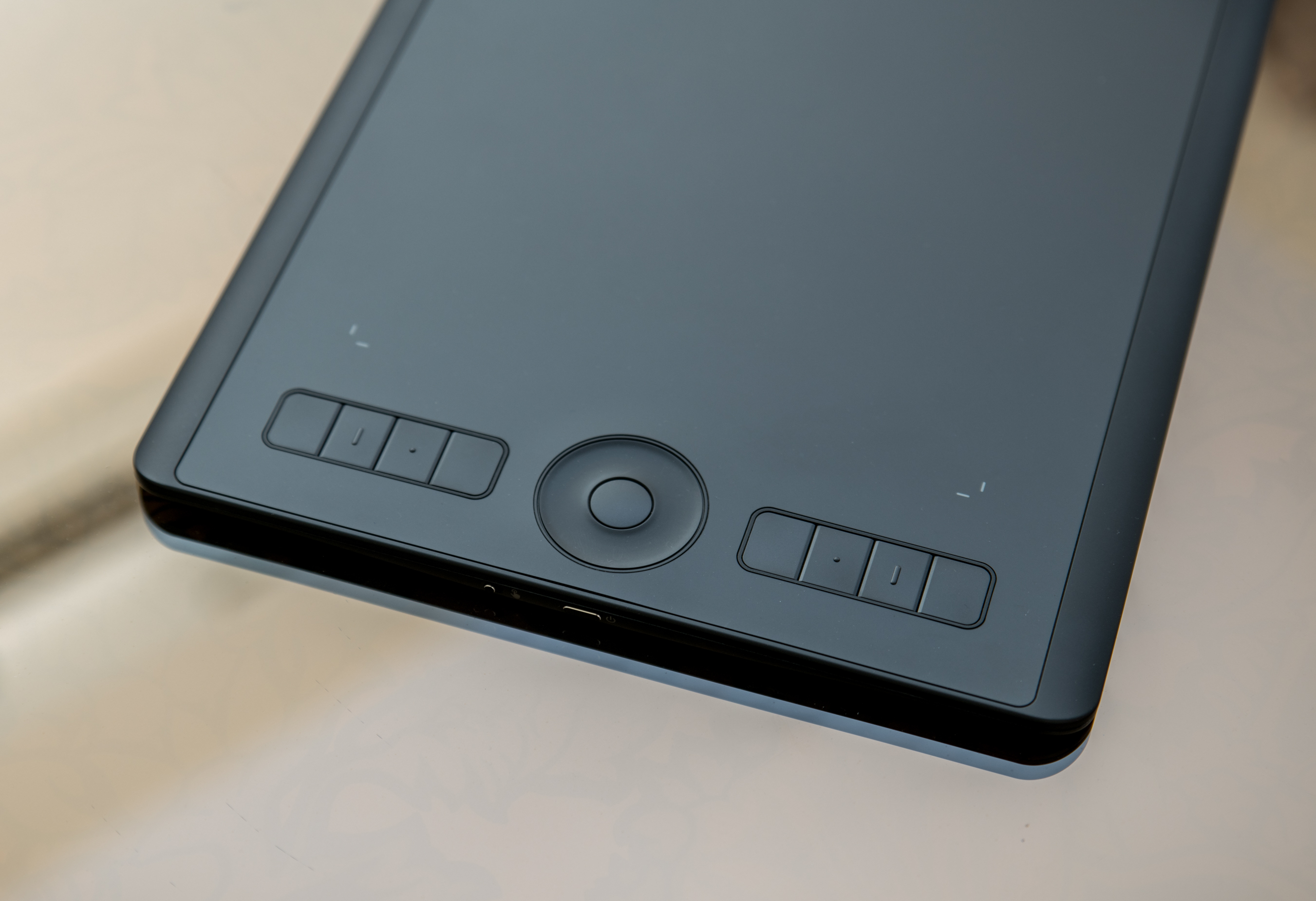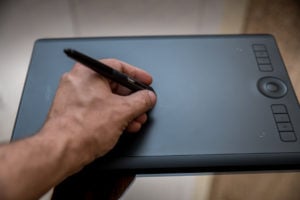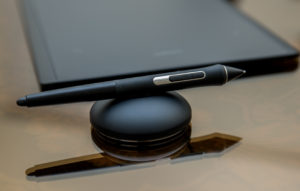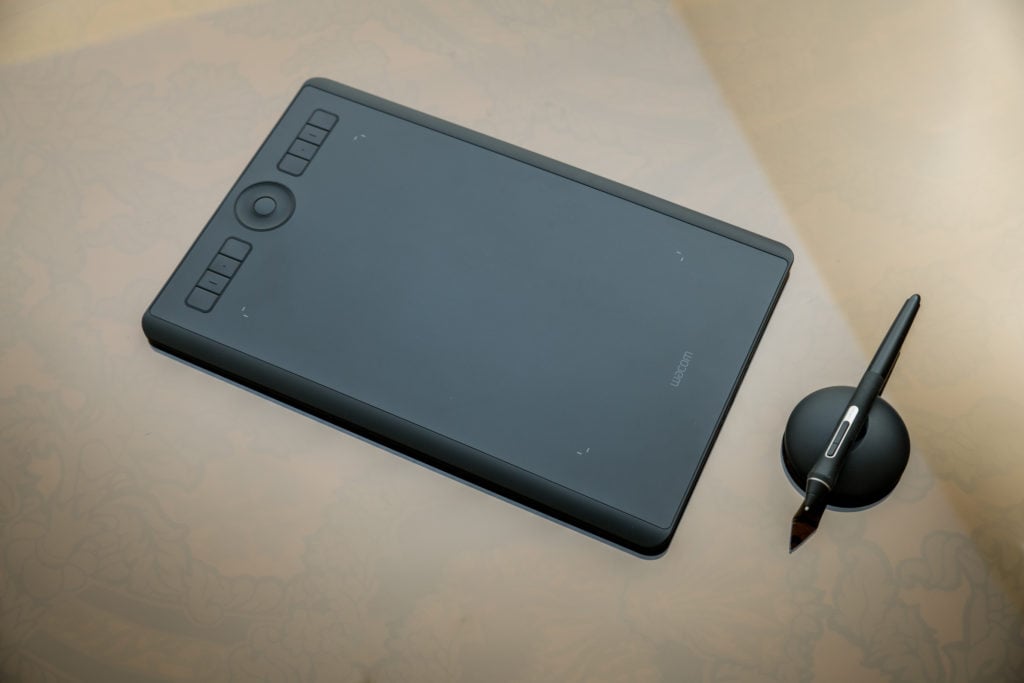Wacom’s latest range of Intuos graphic tablets (Intuos Pro and Intuos Paper) were announced in CES 2017 along with the Pro Pen 2. For those of you who do not know, graphic tablets are slightly different from your average smart tablets available in the market. They are designed to connect to your PC or laptop as a peripheral device and are meant to be an extension of your graphic design workflow.
Design and Build Quality
The Intuos Pro Medium (reviewed here) has 8 customizable, application-specific keys. These can be customized using Wacom’s Desktop Center software. If you’re a photo editor, these keys provide very useful functionality in software like Adobe Photoshop. A nifty round touch ring with a center button can be customized with 4 functions themselves. I personally use it to resize my brushes in Photoshop during masking and painting. It takes a little practice but becomes second nature when you get used to it. Helpful Read: FIX -Wacom Tablet Driver Not Found The pen itself is plastic with two customizable buttons. Wacom’s latest Pro Pen 2 features 8192 pressure points and the bottom portion of the pen can also be used as an eraser (again with 8192 pressure points). The pen uses Electro-Magnetic Resonance (EMR) technology which enables it not only to be extremely precise but also eliminate batteries and charging. The pen comes with 10 extra tips out of the box and a solid metal dock where it can be placed when not in use.
In Use
When connected through cable, I found the Intuos to be seamless and lag-free, it does truly feel like drawing on paper. The pen is extremely comfortable to hold with its latex grip and there is almost no latency when drawing. The pen also has tilt recognition and retains the natural feel of writing or drawing as you would on a piece of paper. If you encounter any problems with your Wacom Pen, you might consider reading our guide on how to fix the Wacom Pen. The surface area of the Intuos Pro Medium is just right for my needs as a photo editor. The software interface lets you customize the responsiveness of the tablet and you can also limit the surface area according to your needs. Palm interactions are well-dampened and with the flick of a switch, you can turn the whole tablet into a giant touchpad. Neat! I did find that when connected wireless, the lag between strokes becomes very apparent. The whole experience changes when connected via Bluetooth and I personally didn’t bother connecting wireless after the first few tries. The Huion tablet mentioned above connects via Wi-Fi and is virtually lag-free (albeit you have to connect an additional USB dingle to your PC to use it). I also found that the pen tips get used up very quickly on the Pro Pen 2. Kudos to Wacom for including 10 extra tips with the tablet but if you plan on using the tablet on daily basis for your work, more tips are definitely needed. I did not experience this issue with the Huion pen where a single tip lasted me a whole year. On a related note, a similar Wacom tablet was included in our picks for the best OSU tablets you can buy in 2021.
Fix: Wacom Tablet Driver Not FoundFix: Wacom Pen not WorkingHow to Uninstall Wacom DriversFix: No Device Connected (Wacom)



